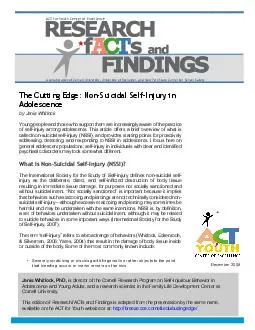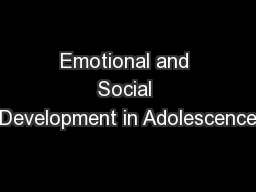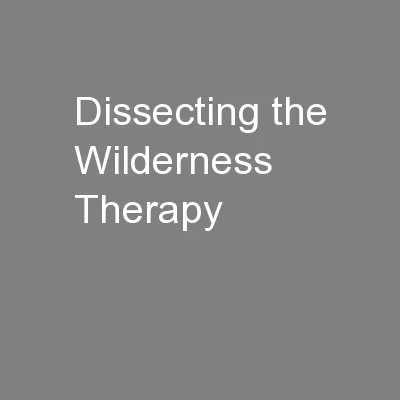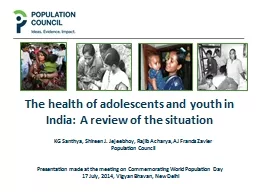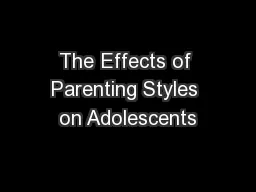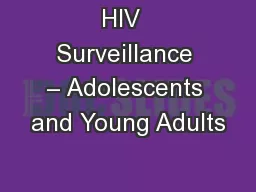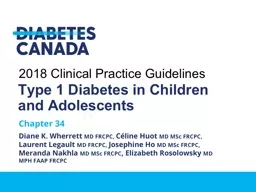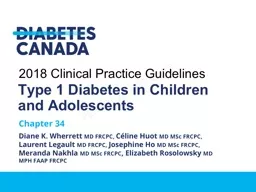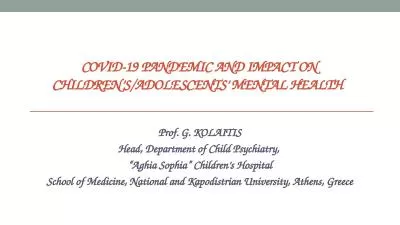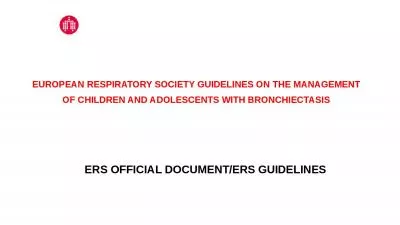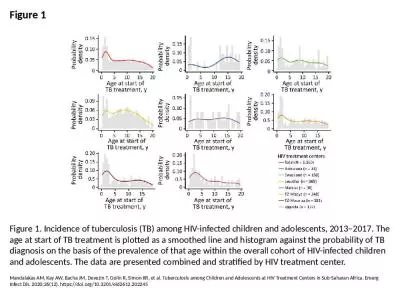PDF-December by Janis Whitlock Young people and those who support them are increasingly aware
Author : danika-pritchard | Published Date : 2015-03-13
This article offers a brief overview of what is called nonsuicidal selfinjury NSSI and provides starting points for proactively addressing detecting and responding
Presentation Embed Code
Download Presentation
Download Presentation The PPT/PDF document "December by Janis Whitlock Young people..." is the property of its rightful owner. Permission is granted to download and print the materials on this website for personal, non-commercial use only, and to display it on your personal computer provided you do not modify the materials and that you retain all copyright notices contained in the materials. By downloading content from our website, you accept the terms of this agreement.
December by Janis Whitlock Young people and those who support them are increasingly aware: Transcript
Download Rules Of Document
"December by Janis Whitlock Young people and those who support them are increasingly aware"The content belongs to its owner. You may download and print it for personal use, without modification, and keep all copyright notices. By downloading, you agree to these terms.
Related Documents

